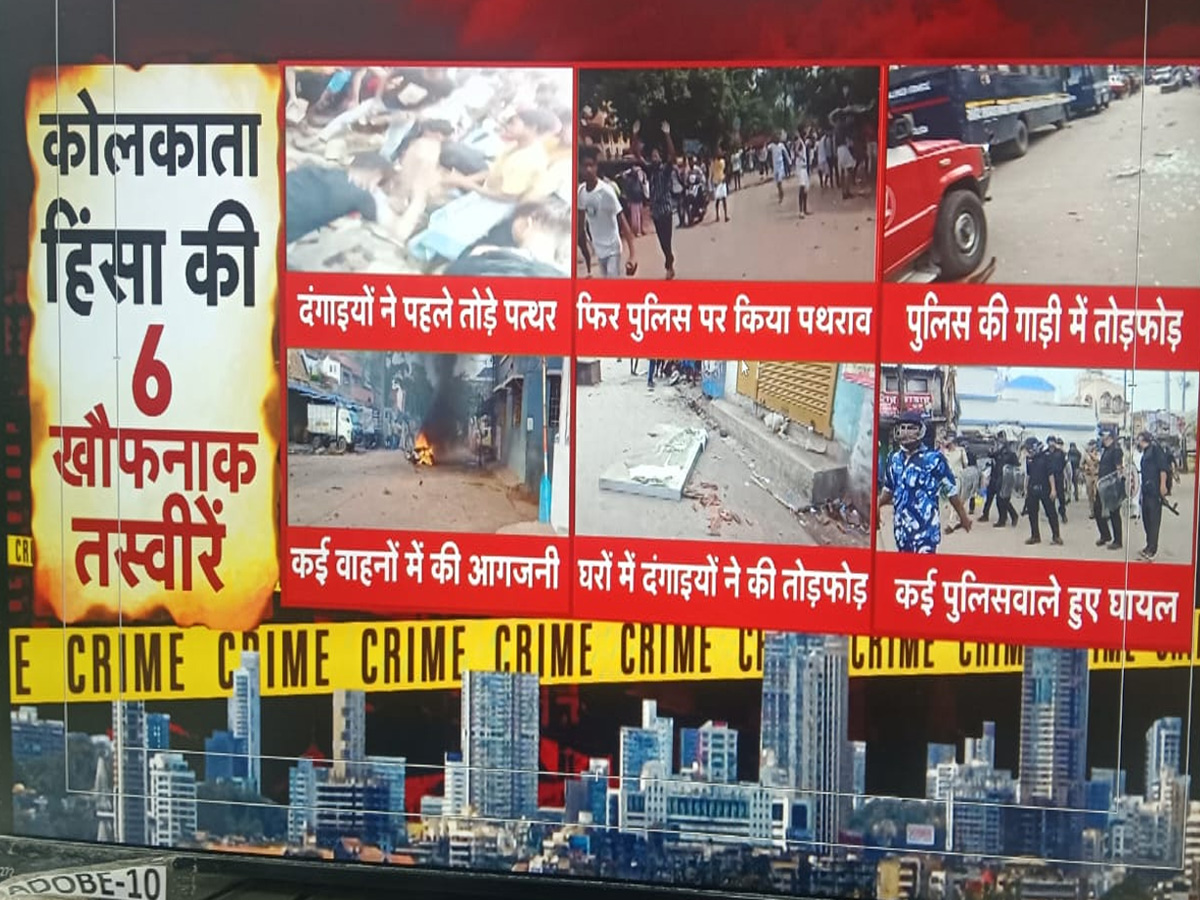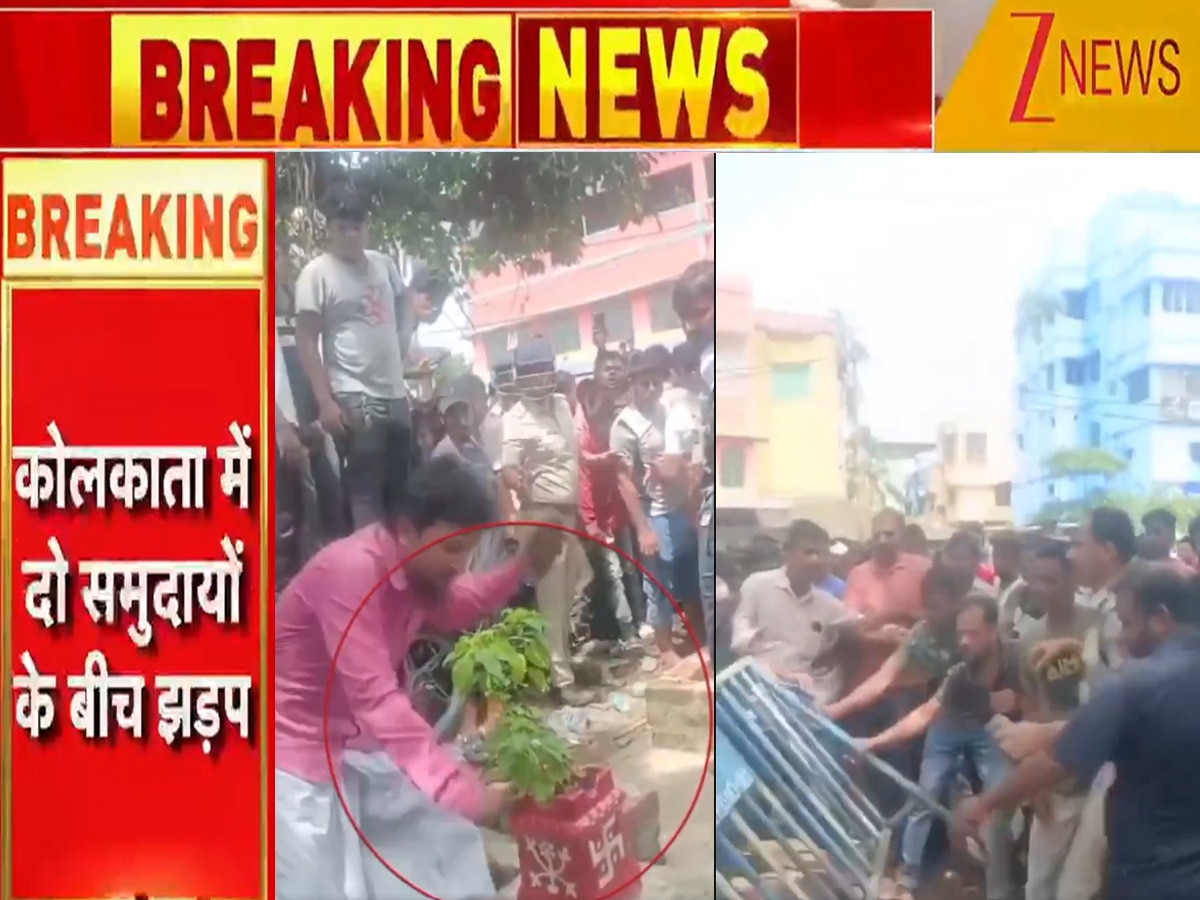)
Kolkata News: The clash between two communities in Kolkata has escalated significantly. The situation is out of control. Videos of the violence are going viral. It is claimed that there was vandalism in the temple. The Tulsi shrines outside the temple were broken. Hundreds of police personnel have been deployed at the spot. People locked themselves in their homes to save their lives. Several shops and houses were set on fire. This violence occurred in an area adjacent to the police station. The situation at the spot remains tense.
There are reports of damage to government property in this violence. Central ministers have targeted the Mamata Banerjee government in tweets. The BJP says that law and order in the capital has failed, and one can now imagine what the situation must be like in other areas of West Bengal.
Conspiracy Fire in Kolkata
Even police officers were not spared in Kolkata. The accused rioters in the communal violence smashed and set fire to whatever came in their way. The clash, which started over a local shop in front of Rabindra Nagar Police Station, turned into a major tension. Several cars and motorcycles were also set on fire.

Atmosphere of panic among people – CCTV broken
Local residents are frightened. They say that this violence erupted over the issue of setting up a shop in the temple in front of the police station. People said that rioters also broke their CCTV cameras. Forces from several Kolkata police stations have been called. There is an atmosphere of panic among the people.
A central minister wrote on X- ‘If you want to understand the reality of Bengali Hindus in the Muslim-majority areas of Bengal, these incidents are enough. They are not just disturbing. They expose a serious and systematic persecution. Vandalism was carried out in a Shiva temple right in front of the police station. Local Hindus were brutally attacked. Even the police were not spared.’
The incident took place under the jurisdiction of Rabindranagar Police Station in Maheshtala. To be blunt—this is yet another burning example of the so-called ‘Diamond Model’. If you want to understand the reality…
A police officer, popularly known as ‘Singham’, was allegedly hit so hard that his head was injured. The most humiliating thing? Even knowing who is responsible for this—a certain “peace-loving” community—the police took no action against them. Instead, they attacked Hindus. Holy Tulsi shrines were broken, sacred plants were uprooted, and Hindus were subjected to the foulest abuses. Shops were looted and broken, even homes in the area were targeted.
A BJP leader also posted on X, calling the TMC government of Mamata Banerjee a failure in matters of law and order.
Diamond Harbour Model. The disgraceful incident of vandalism at the Shiva Temple in Ward No. 7, Maheshtala, under Metiabruz Assembly constituency, near Rabindra Nagar Police Station is simply unacceptable. Miscreants had illegally encroached upon Temple Committee land, set up…
Tension persists in Kolkata, although the situation is now under control. Many people appeared angry with the police because they said the police delayed taking action, which caused them and their families to suffer damage.





